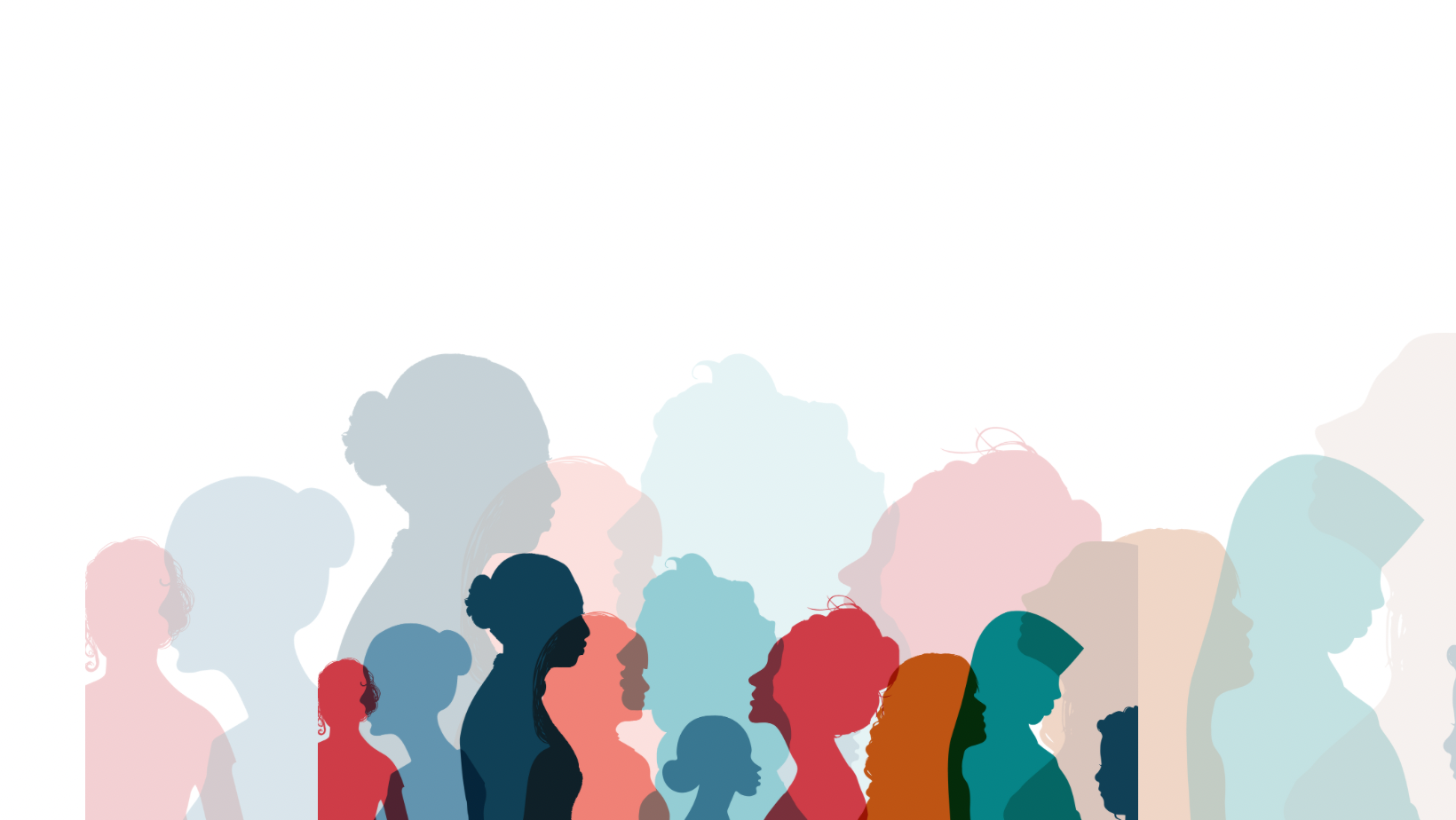The Psychology of Colors: How Colors Affect Your Mood and Behavior

Colors have a powerful effect on our mood and behavior. They can evoke different emotions, influence our thoughts, and even affect our physical health. The psychology of colors is a complex and fascinating field of study, and it has been used for centuries by artists, designers, and marketers to create emotional responses in viewers.
Here are some of the most common positive associations with colors:
- Red: Red is associated with passion, energy, and excitement. It can also be seen as a symbol of danger or anger.
- Orange: Orange is associated with creativity, enthusiasm, and warmth. It can also be seen as a symbol of happiness or optimism.
- Yellow: Yellow is associated with happiness, optimism, and sunshine. It can also be seen as a symbol of caution or warning.
- Green: Green is associated with nature, growth, and renewal. It can also be seen as a symbol of peace or tranquility.
- Blue: Blue is associated with calmness, serenity, and trust. It can also be seen as a symbol of sadness or depression.
- Purple: Purple is associated with luxury, wisdom, and spirituality. It can also be seen as a symbol of mystery or magic.
- Pink: Pink is associated with love, romance, and femininity. It can also be seen as a symbol of sweetness or innocence.
- White: White is associated with purity, cleanliness, and innocence. It can also be seen as a symbol of sterility or coldness.
- Black: Black is associated with power, sophistication, and mystery. It can also be seen as a symbol of sadness or mourning.
The way we perceive colors can vary depending on our culture, personal experiences, and individual preferences. However, the general associations listed above are a good starting point for understanding the psychology of colors.
When choosing colors for your home, office, or marketing materials, it is important to consider the positive associations that you want to evoke in your audience. By using colors strategically, you can create a more positive and inviting environment.
Here are some additional tips for using colors to create a positive atmosphere:
- Use light and airy colors, such as white, blue, and green, to create a sense of openness and spaciousness.
- Use warm colors, such as red, orange, and yellow, to create a sense of warmth and coziness.
- Use cool colors, such as blue and green, to create a sense of calmness and relaxation.
- Use contrasting colors to create a sense of excitement and energy.
- Use complementary colors to create a sense of harmony and balance.
By understanding the psychology of colors, you can use them to create a more positive and inviting environment for yourself and others.

